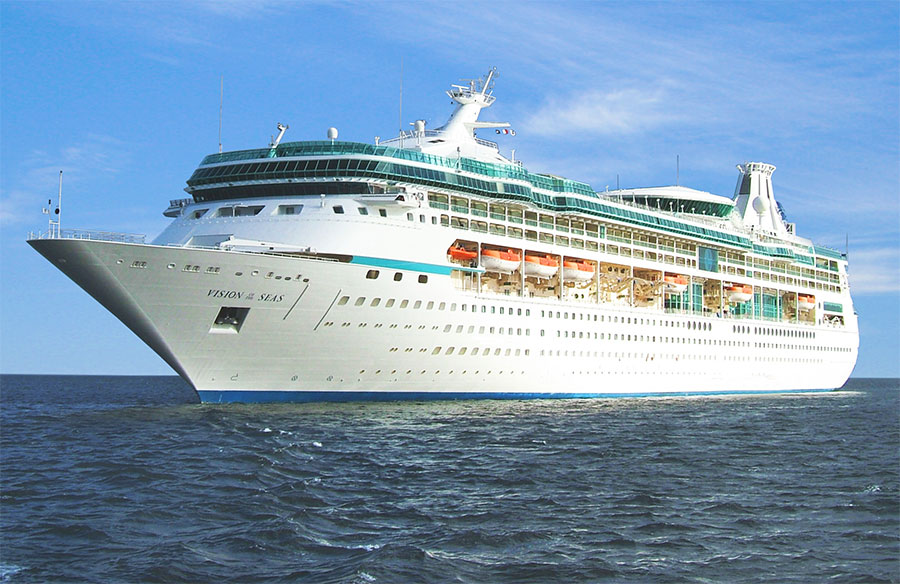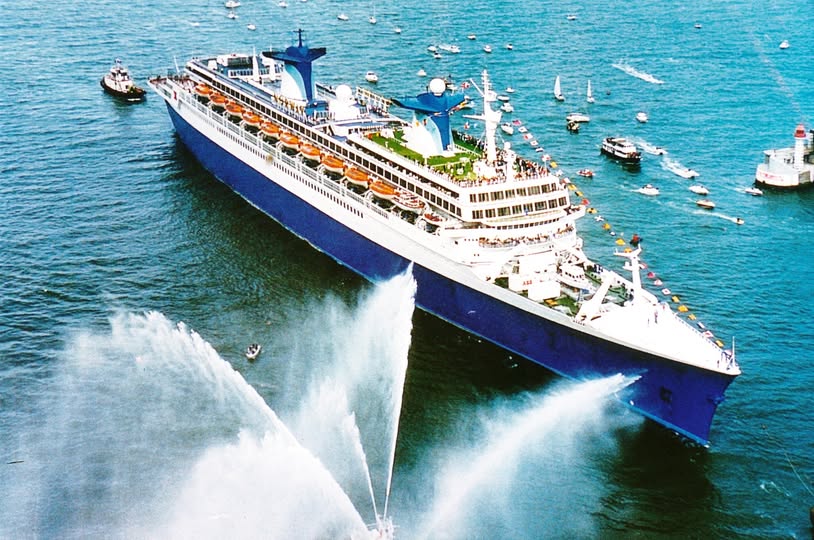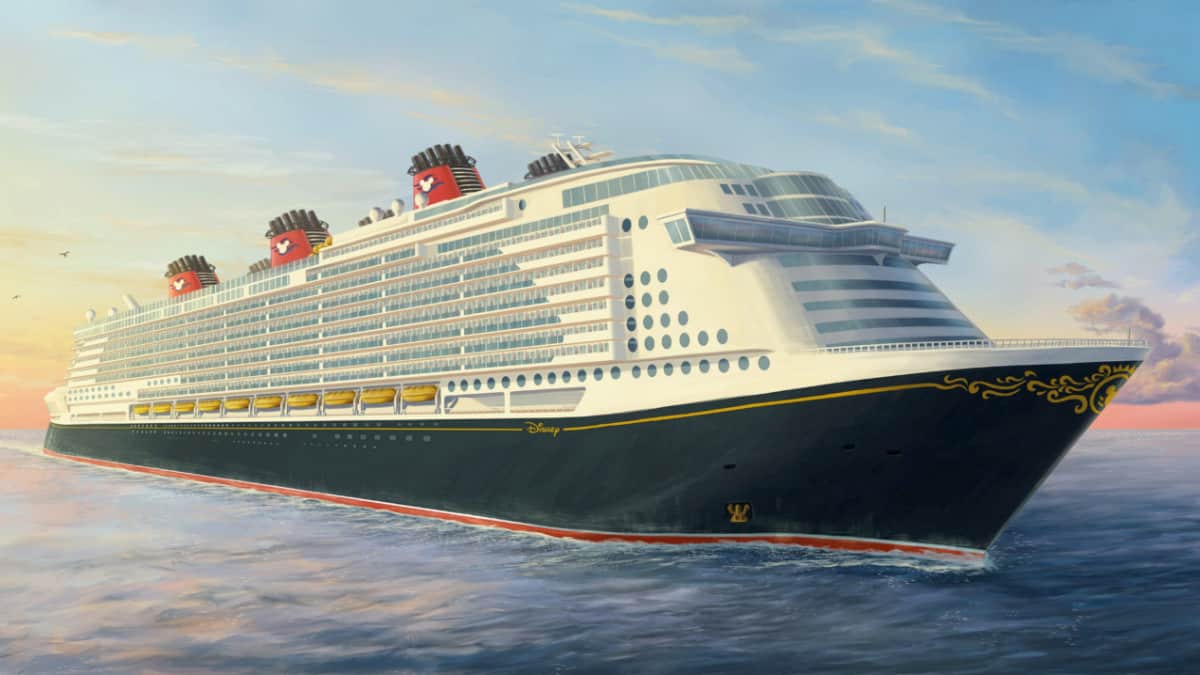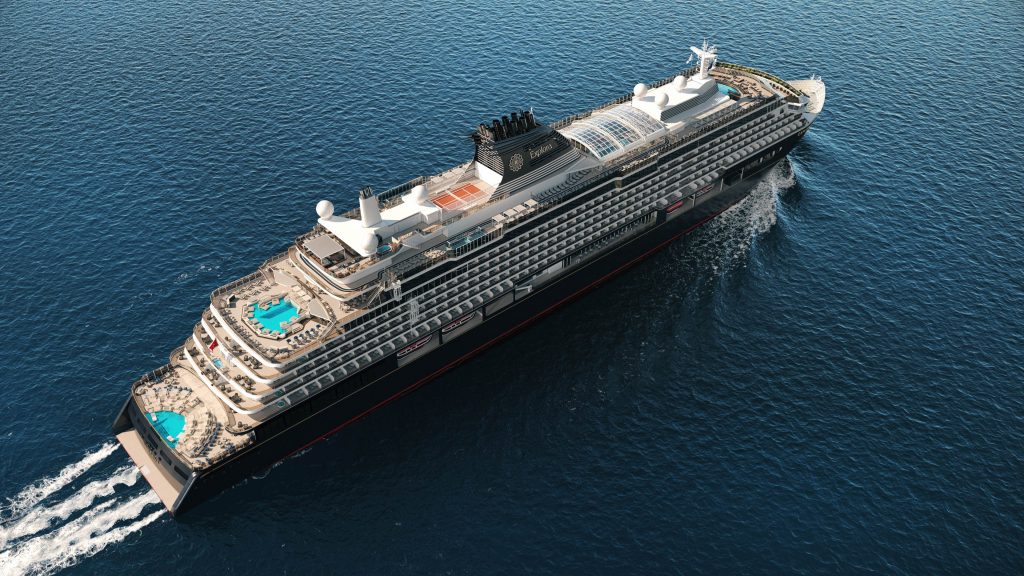2021 again was a very slow year for cruising as for most of the year, ships were forced into lay up because of the COVID-19 pandemic. All eyes were on the US cruise market, where the CDC (Center of Disease Control) issued a cruise ban which was partly lifted later in the year.
As of June, the CDC allowed select cruise ships, based on their compliance with the guidelines in the Framework for Conditional Sailing Order to restart operations.
This set of rules to ensure a safe startup of cruising ultimately led to wearing face masks, social distancing and also included implementing state of the art ventilation systems, sailing with a limited number of passengers, introducing timeslots for (dis-) embarkation, even limiting the number of guests present at onboard entertainment , daily temperature screenings, the introduction of onboard medical facilities designed for COVID-19 testing and so on. Checks by government officials were carried out before vessels could return to service.

Also, a colour coded overview was issued concerning the number of infections and the level of investigations by the CDC on board specific vessels.
At the end of October 2020, the Centers for Disease Control and Prevention issued a Conditional Sailing Order that remained in effect until the end of 2021 with minor changes. As from mid 2021, the order stated that cruise lines, apart from satisfying the safety requirements mentioned above to provide a healthy environment for crew members and travelers should follow a phased approach when restarting services, concerning both increasing the number of ships as well as passengers loads per ship.
To the annoyance of the cruise industry in the US, there were multiple month intervals before the CDC delivered updated versions of their Conditional Sailing Order. Towards the end of the year, the CDC even went as far as stating it was not recommended to cruise at all because of the alleged health risks.
However, ultimately a complete u-turn followed and it was decided that the set of mandatory guidelines would be abandoned and cruise lines would from then on work with the CDC on a voluntary basis.

Likewise, outside of the US, cruising slowly started up in the second half of the year. In most cases, only domestic passengers were allowed to sail, so e.g. on board Costa Cruises ships sailing out of Italian ports only Italian passengers were accepted.
Several cruise line came to the rescue of locals which had not seen any cruise passengers in their shops for over a year, for example NCL which announced it would donate $10 million to Alaska port communities of Ketchikan, Juneau, Hoonah, Sitka, Skagway and Seward to support those most impacted by the lack of cruise passengers last year.
From Singapore, the UK and Germany, short cruises to nowhere were amongst the first try outs to gain experience in operations during a pandemic still worldwide present. Several planned cruises were cancelled days before the planned departure date because of infected crew or discontinued half way when the number of infections onboard made ports decide to deny access.
Much undeserved negative news damaged the cruise industry although cruise lines went all out to make sailing with them as safe as possible. In many cases the percentage of guests infected was considerably lower than at shorebased tourist resorts or even guests’ residences.

This led to the number of cruise passengers plummeting from 30 million in 2019 to 5.8 milion in 2020 and 2021, while the number of jobs fell to 600,000 (a 50% drop) resulting in a declining economic contributon of the cruise industry with 60% to 63 billion (numbers concerning Cruise Lines Int. Assocation members).
Fortunately, 8 out of 10 cruise passengers still intend to sail again, which is just as before the pandemic, showing the cruise industry’s solid base for the future.
However, during the pause in cruising, in the background technical developments continued: boarding passes can now be downloaded to the guests’ mobile phone, an app makes it possible to navigate the ship using your phone, but also to book excursions, book specialty restaurants, shows and othe onboard activities. Even daily programs, printed on paper and delivered at night to your cabin can now be browsed in an app which saves paper making it environmentally friendly. Princess Cruises is leading the way here by converting a growing number of their ships for the use of the Medaillion, a quarter-sized wearable sent to pssengers before their cruise which they can customize to their needs, a bracelet containing an app to be used together with your mobile, to which the line keeps adding functionality over time.

Shipyards keep turning out newbuildings, albeit at a slower pace than planned before the pandemic. In a few cases, delivery of ships is postponed, and those handed over to their owners disappear straight into lay up. Check the originally planned line up of new ships for 2021 here. Ritz-Carlton’s cruise yacht Evrima, Janssonius for Oceanwide Expeditions,, Aida Cruises’ Aida Cosma, Mystic Cruises’ Sylvia Earle and Seabourn Cruises’ Seabourn Venture are examples of new ship deliveries that have been shifted to 2022.
15 ships were sent to the scrappers in 2021 (see list here) and apart from 4 former gambling ships operated in the Far East, the remainder of them were older ships, smaller and less efficient than their more modern fleetmates. So when cruise lines needed to reorganise as a result of the pandemic, these were the first ships to dispose of.
With 60 to 70% of the ocean going capacity back in service at the end of 2021 and expecting a full restart mid 2022 with booking levels already rising fast, it seems the now 50 year old cruise industry bounces back yet again and is sailing towards a bright future.




